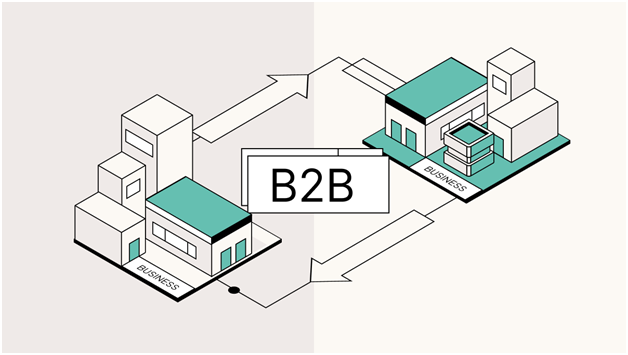Table of Contents
Engage and Relate: The Power of Storytelling in B2B Marketing
Today, we’re exploring a potent strategy often overlooked in B2B marketing—storytelling. While storytelling is commonly associated with B2C brands, its power in the B2B realm is equally transformative. Let’s delve into techniques to humanize your brand and create more engaging, relatable content.

In This Guide, We’ll Cover:
- The importance of storytelling in B2B marketing.
- Techniques to craft compelling B2B stories.
- Examples of effective B2B storytelling.
- Tips to integrate storytelling into your content strategy.
Why Storytelling Matters in B2B Marketing
Humanizing Your Brand
- Emotional Connection
B2B transactions are often perceived as purely rational decisions. However, the reality is that emotions play a significant role. According to a study by the Corporate Executive Board, B2B buyers who see personal value are 50% more likely to buy a product or service and 8 times more likely to pay a premium. Storytelling humanizes your brand, creating an emotional connection with your audience.
Simplifying Complex Information
- Clarity Through Narrative
B2B products and services can be complex. Stories simplify and contextualize information, making it easier for your audience to understand and relate to your offerings. A LinkedIn survey found that 62% of B2B marketers say storytelling is an effective content marketing strategy because it helps simplify complex ideas.
Differentiating Your Brand
- Unique Identity
In a competitive market, storytelling helps differentiate your brand. A unique narrative can set you apart from competitors and make your brand more memorable. A study by the Content Marketing Institute shows that 63% of B2B marketers consider creating engaging content to be one of their biggest challenges. Effective storytelling can overcome this hurdle by making your content more relatable and impactful.
Techniques for Effective B2B Storytelling
Know Your Audience
- Research and Understand
Understand your target audience’s pain points, goals, and challenges. Tailor your stories to address these aspects and resonate with their experiences.
Craft a Compelling Narrative
- Structure Your Story
Follow a classic story structure: beginning, middle, and end. Introduce a problem, detail the journey to solve it, and conclude with a successful resolution. - Focus on Real Experiences
Use real customer experiences and case studies. Authentic stories of how your product or service made a difference are powerful and persuasive.
Highlight Your Brand’s Values
- Core Principles
Integrate your brand’s core values into your stories. This not only humanizes your brand but also builds trust and alignment with your audience’s values.
Use Visual and Multimedia Elements
- Visual Storytelling
Incorporate images, videos, and infographics. Visual elements can enhance the narrative, making it more engaging and easier to digest.
Leverage Employee Stories
- Internal Perspectives
Share stories from your employees. These narratives provide a behind-the-scenes look at your company culture and operations, adding authenticity and depth to your brand.

Examples of Effective B2B Storytelling
IBM
- Customer Success Stories
IBM excels at showcasing detailed case studies and customer success stories. These narratives highlight the challenges faced by clients and how IBM’s solutions provided transformative results.
General Electric (GE)
- Innovation Narratives
GE’s content often focuses on innovation and technology. Through compelling videos and articles, they tell stories of how their advancements are shaping various industries.
Slack
- User-Centric Stories
Encourage customers to share their experiences on social media using your product. Repost this user-generated content to build community and trust.

Tips to Integrate Storytelling into Your B2B Content Strategy
Consistent Brand Voice
- Unified Messaging
Ensure your storytelling aligns with your brand’s voice and messaging. Consistency reinforces brand identity and builds trust.
Regular Content Updates
- Continuous Engagement
Regularly update your audience with new stories. Fresh content keeps your audience engaged and signals that your brand is active and evolving.
Measure and Optimize
- Performance Analysis
Track the performance of your storytelling efforts. Use metrics like engagement rates, shares, and feedback to understand what resonates and optimize your strategy accordingly.
Storytelling in B2B marketing is a powerful way to humanize your brand, simplify complex information, and differentiate yourself in a competitive market. By understanding your audience, crafting compelling narratives, and integrating visual elements, you can create engaging, relatable content that resonates deeply with your audience.
Ready to master the art of storytelling in your B2B content? Join our community for more insights, subscribe to our newsletter, and share your storytelling experiences in the comments. Let’s create compelling narratives together with Growth Buzzz!
Stay creative, stay authentic, and remember, every story you tell can transform your brand’s connection with its audience. Let’s make your B2B content unforgettable!









